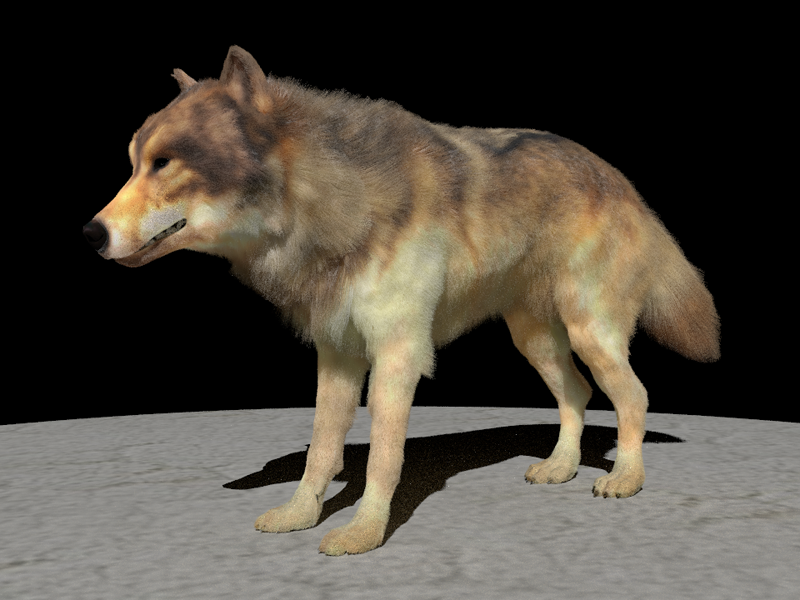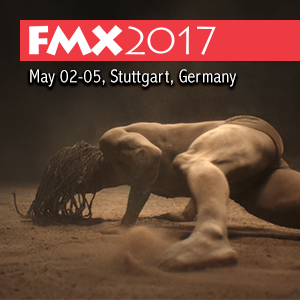 siggraph
siggraph
siggraph
siggraph
Reflectance and Scattering
 Full Conference Pass
Full Conference Pass Full Conference 1-Day Pass
Full Conference 1-Day Pass
Date/Time: 29 November 2017, 02:15pm - 04:00pm
Venue: Amber 2
Location: Bangkok Int'l Trade & Exhibition Centre (BITEC)
Session Chair: Abhijeet Ghosh, Imperial College London, United Kingdom
Microfacet-based Normal Mapping for Robust Monte Carlo Path Tracing
Summary: We propose a new definition of normal mapping that is well-suited for Monte Carlo path tracing.
Author(s): Vincent Schüßler, Karlsruhe Institute of Technology
Eric Heitz, Unity Technologies
Johannes Hanika, Karlsruhe Institute of Technology
Carsten Dachsbacher, Karlsruhe Institute of Technology
Speaker(s): Vincent Schüßler, Karlsruhe Institute of Technology
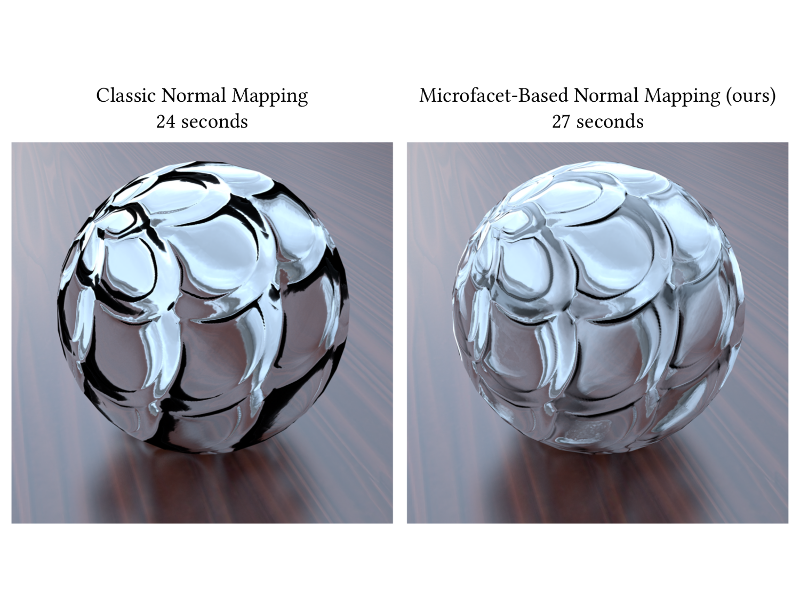
Polarization Imaging Reflectometry in the Wild
Summary: We present a novel approach for on-site acquisition of surface reflectance for planar, spatially-varying samples in uncontrolled outdoor environments. We exploit the naturally occurring linear polarization of incident illumination and employ polarization imaging from two near orthogonal views close to the Brewster angle of incidence for reflectance estimation.
Author(s): Jeremy Riviere, Imperial College London
Ilya Reshetouski, Imperial College London
Luka Filipi, Imperial College London
Abhijeet Ghosh, Imperial College London
Speaker(s): Jérémy Riviere, Imperial College London

Scratch Iridescence: Wave-optical Rendering of Diffractive Surface Structure
Summary: We present a wave-optical shading model for rendering iridescent colors caused by diffraction and mutual coherent interference of spatially resolved scratches with cross-sections in the order of the optical wavelength, providing a natural framework exhibiting multi-scale transitions from localized glint-like iridescence to smooth BRDFs.
Author(s): Sebastian Werner, University of Bonn
Zdravko Velinov, University of Bonn
Wenzel Jakob, Swiss Federal Institute of Technology, Lausanne (EPFL)
Matthias Hullin, University of Bonn
Speaker(s): Sebastian Werner, University of Bonn
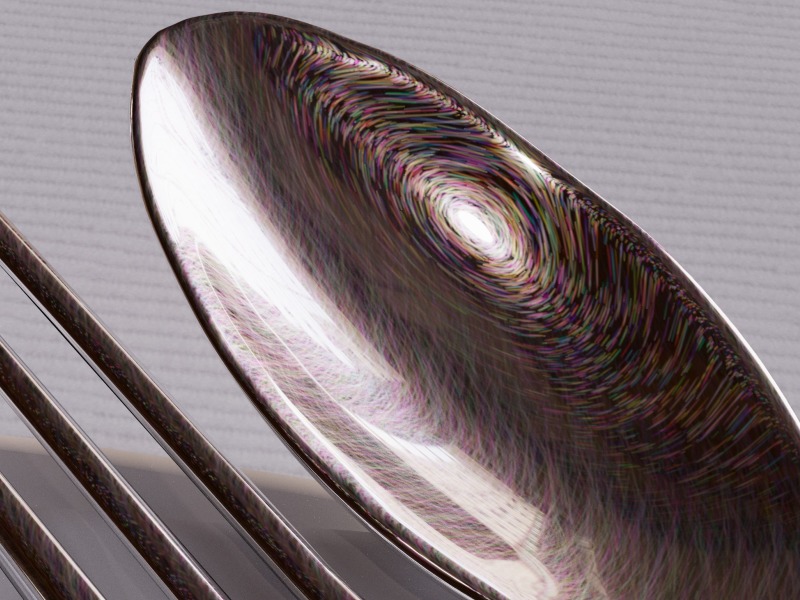
Azimuthal Scattering from Elliptical Hair Fibers
Summary: We formulated a light scattering model for human hair with elliptical cross sections. We also designed an efficient measurement device and used it to gather data to support our model. The data showed that elliptical hair fibers behaved differently from circular ones, and our model more accurately capture these behaviors.
Author(s): Pramook Khungurn, Cornell University
Steve Marschner, Cornell University
Speaker(s): Pramook Khungurn, Cornell University
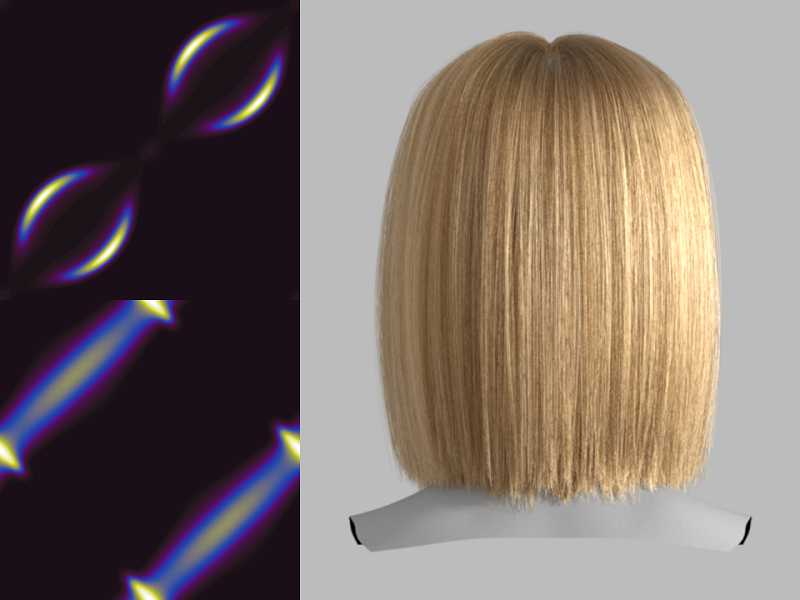
A BSSRDF Model for Efficient Rendering of Fur with Global Illumination
Summary: We present the first global illumination model to approximate light bouncing between individual fur fibers. We model light and fur interactions as subsurface scattering, and use a simple neural network to convert from fur fibers' properties to scattering parameters, producing visually accurate appearance and supporting color bleeding and further interreflections.
Author(s): Ling-Qi Yan, University of California, Berkeley
Weilun Sun, University of California, Berkeley
Henrik Wann Jensen, University of California, San Diego
Ravi Ramamoorthi, University of California, San Diego
Speaker(s): Weilun Sun, University of California, Berkeley
